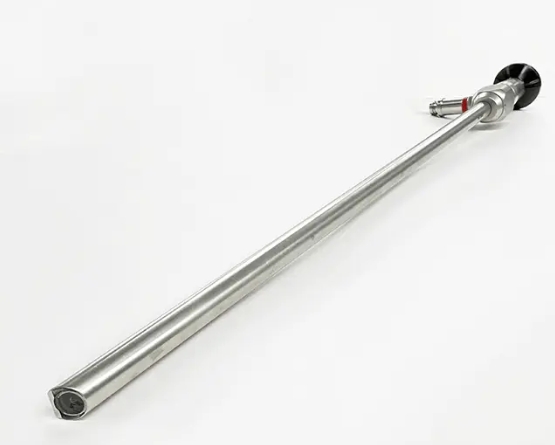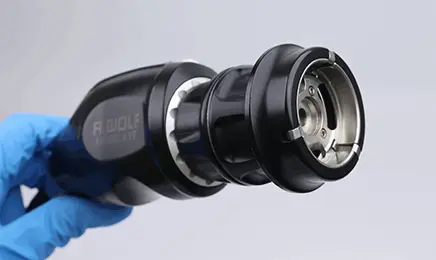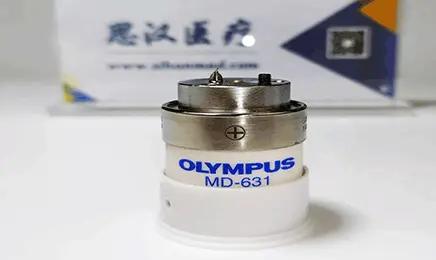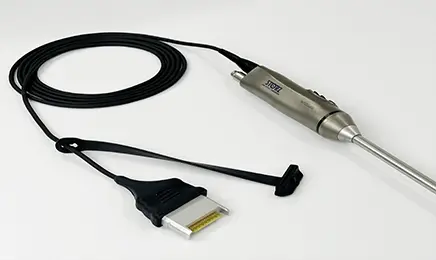Tel: +86-19906868508
E-mail: info@sihanmed.com
Tel: +86-19906868508
E-mail: info@sihanmed.com
Opting for pre-owned laparoscopic equipment, when properly refurbished, can deliver performance comparable to new devices at a fraction of the cost. While initial skepticism may exist, rigorous reprocessing—sterilizing, recalibrating, and recertifying—ensures safety and reliability. There are undeniable financial advantages, particularly for emerging clinics grappling with budget constraints. Had hospitals not considered refurbished options, many would face unsustainable capital expenditure. Through advanced restoration techniques, specialized vendors extend lifespan without compromising sterility. Lacking proper reprocessing standards, the market would indeed be risky; however, accredited suppliers mitigate this concern. For cost-sensitive facilities, these devices provide access to premium technology otherwise unaffordable. The environmental benefit—reducing medical waste by reusing high-grade materials—further strengthens the case. Should hospitals demand both affordability and quality, certified pre-owned equipment presents an optimal solution.
Before purchasing used laparoscope for sale, hospitals must implement strict validation protocols. Inspecting, testing, and documenting each instrument's functionality prevents operational failures. Without traceable service records, there is no guarantee of prior maintenance, potentially exposing patients to risks. Were a supplier to lack third-party audits, hidden flaws could go undetected. Through optical clarity checks, articulation testing, and leak detection, certified refurbishers validate device integrity. Assuming proper sterilization protocols were followed, infection risks decrease significantly. Barring thorough assessments, buyers risk acquiring improperly functioning scopes. Given the precision required in minimally invasive surgeries, no compromises should be made. To ensure longevity, demand documentation of replaced components—seals, light cables, or lenses—before purchase.

Regulatory compliance separates reputable suppliers from unreliable vendors. FDA-cleared, ISO 13485-certified, or CE-marked equipment indicates adherence to safety protocols. Were a seller unable to provide verifiable credentials, procurement teams should immediately reconsider. Beyond basic certifications, additional validations—such as AORN-compliant reprocessing or OEM recertification—add assurance. With counterfeit products infiltrating the market, buyers must remain vigilant. Unless accompanied by sterilization logs, even high-grade instruments may carry contamination risks. Through independent lab testing, suppliers prove their commitment to safety. Had refurbishment facilities skipped microbial testing, hospitals would unknowingly introduce infection vectors. For complete confidence, request validation reports detailing every reprocessing stage.
Identifying trustworthy vendors requires strategic sourcing. Evaluating, comparing, and validating supplier profiles minimizes procurement risks. While online platforms—such as eBay or MedWOW—offer convenience, direct manufacturer-refurbished units provide higher reliability. Through accredited medical equipment resellers, hospitals access rigorously inspected devices. Unless vendor history includes client testimonials and case studies, credibility remains uncertain. Had there been transparent track records, fraudulent suppliers would struggle to thrive. For seamless purchasing, prioritize dealers affiliated with IAHCSMM or SGNA, ensuring compliance with surgical standards. With global supply chains expanding, buyers must verify logistics partners to prevent damage in transit. To mitigate procurement risks, demand pre-shipment inspection videos and certificates.
Investing in refurbished laparoscopy tools, hospitals can achieve up to 70% savings versus purchasing new. With budgets under increasing pressure, these savings enable resource reallocation—training staff, expanding OR capacities, or upgrading ancillary devices. Were hospitals to dismiss refurbished options, many would delay critical technological adoption. Through strategic procurement, institutions balance fiscal responsibility with surgical precision. Without compromising sterility or functionality, pre-owned systems perform comparably to new equivalents. For cost-driven administrators, extended warranties further enhance financial value. Assuming proper supplier selection, the total cost of ownership drops significantly. Rather than depleting capital reserves, smart buyers reinvest savings into other critical areas.
Navigating the secondary market, buyers frequently encounter misrepresented device conditions. Ignoring service histories, overlooking cosmetic damages, or skipping performance tests leads to costly mistakes. Should a seller refuse to provide inspection reports, the transaction should be abandoned. Through hidden corrosion or electrical failures, improperly refurbished units endanger procedures. Without thorough due diligence, buyers risk acquiring obsolete or irreparable instruments. For risk-averse procurement teams, leasing with buyout options mitigates upfront commitment. Were suppliers truly transparent, they’d allow third-party technical assessments. By cross-referencing serial numbers with OEM databases, fraudulent resellers are easily exposed. To bypass deception, partner exclusively with audited, hospital-approved vendors.
Properly maintaining used laparoscopes ensures durability rivaling new acquisitions. Cleaning, lubricating, and storing instruments according to OEM guidelines prevents premature failure. Without regular inspections, minor issues—misalignments, fiberoptic degradation, or seal wear—develop into major defects. Were technicians to skip post-procedure leak tests, internal fluid damage could occur undetected. Through preventive servicing schedules, hospitals maximize operational uptime. Assuming staff handles devices delicately, accidental drops or impacts are avoided. For optimal performance, replace consumable components—o-rings, sheaths, and insulation layers—proactively. Rather than reactive repairs, scheduled recalibrations sustain precision. By training OR teams on proper handling, unnecessary wear is eliminated.

With years of dedication to the medical equipment industry, Shengjun He has leveraged his solid professional expertise and keen insight into industry trends to establish Sihan Medical as a leading force in the endoscope repair sector. Prior to founding Sihan Medical, he accumulated extensive experience in medical device maintenance—a foundation that proved instrumental for his entrepreneurial journey. His background spans hands-on equipment repair, technical R&D, and management, granting him comprehensive understanding of medical devices, from their underlying technology to market demands.


